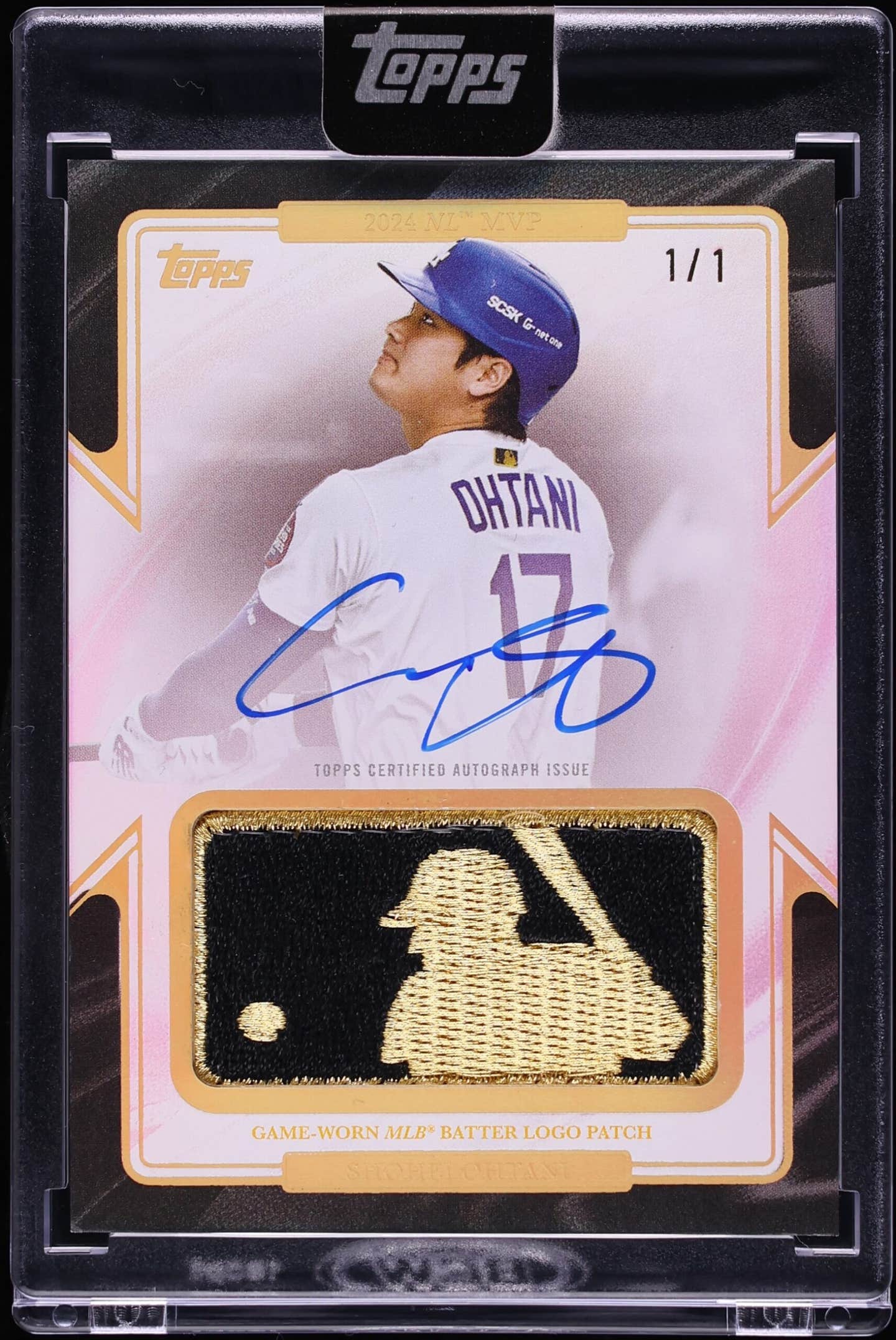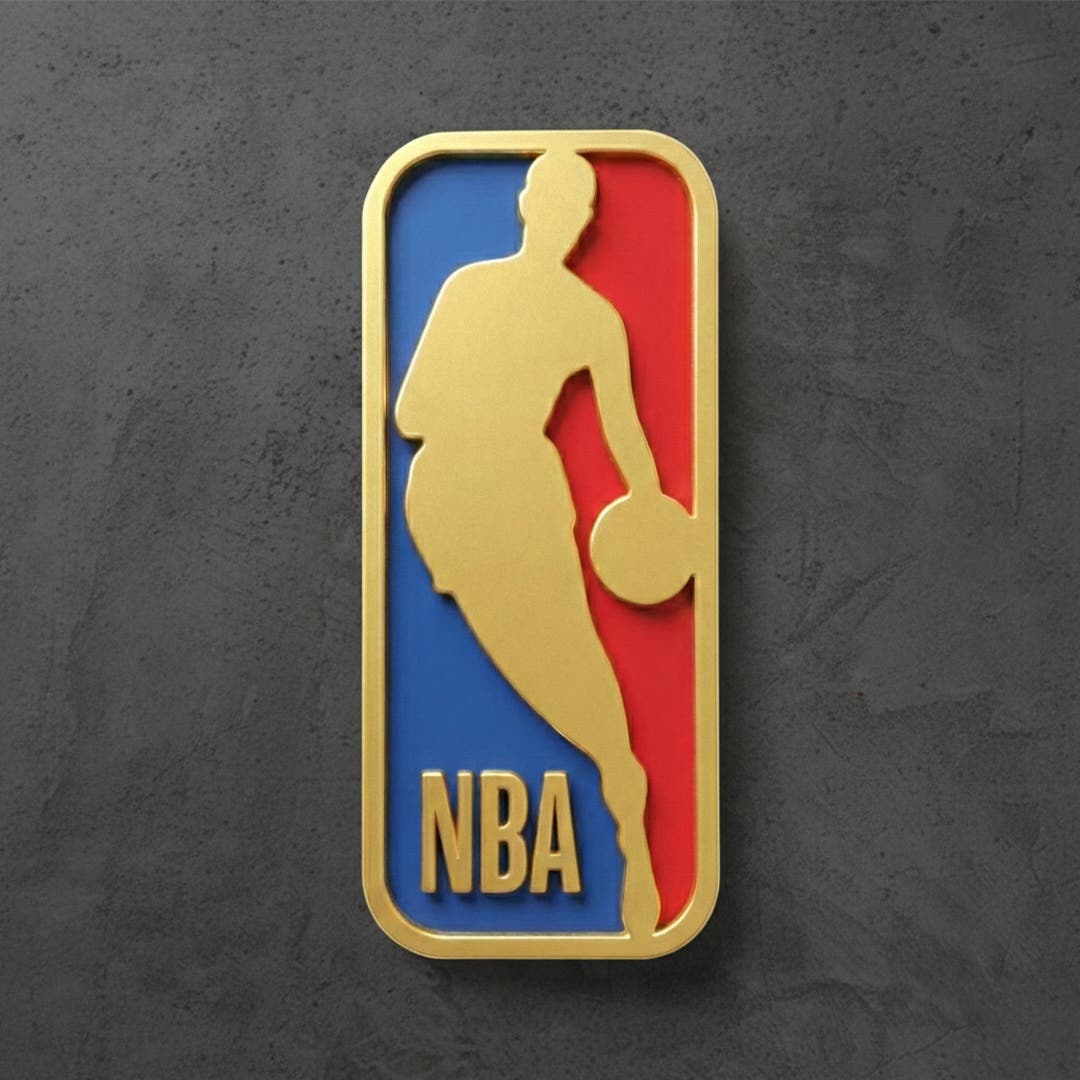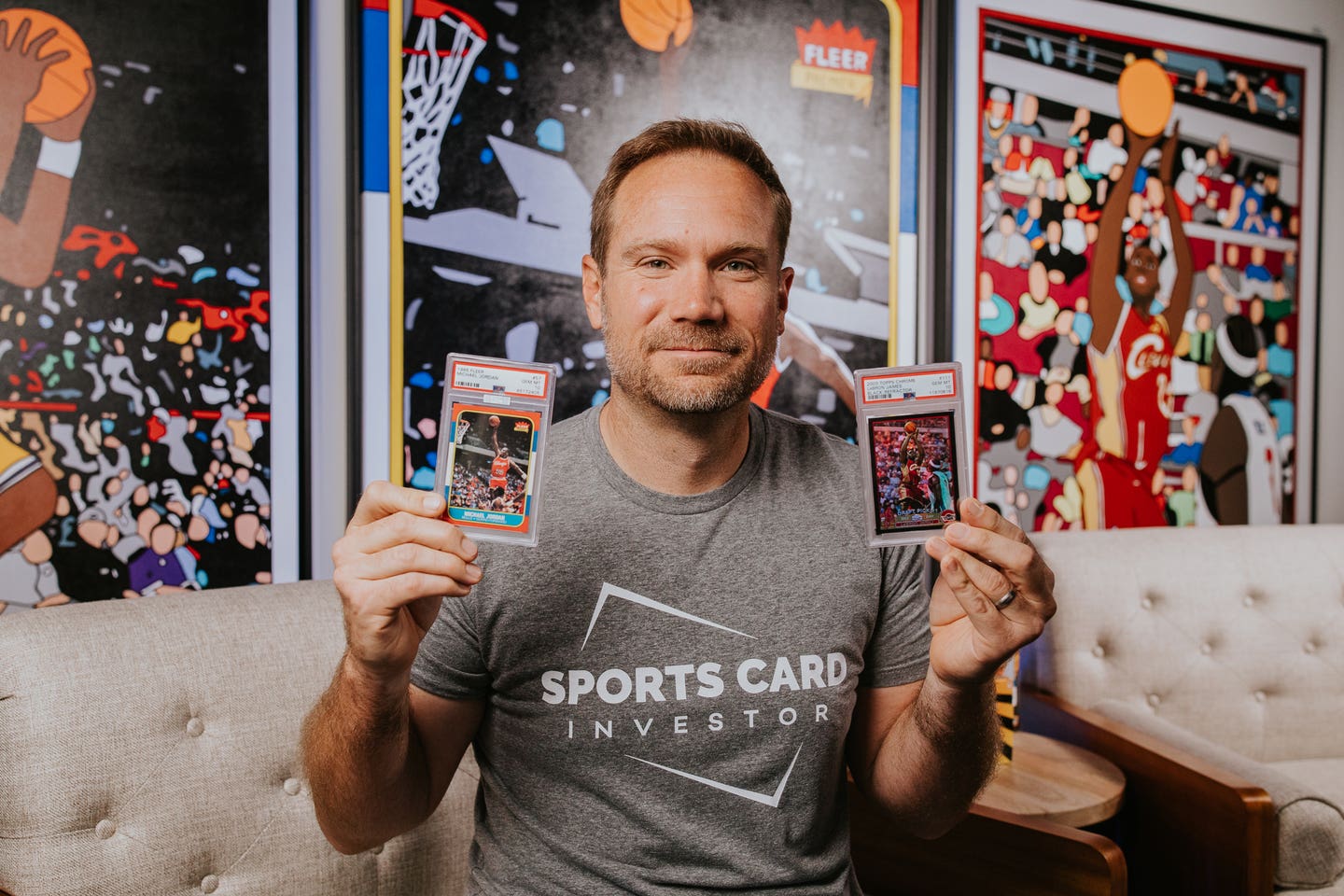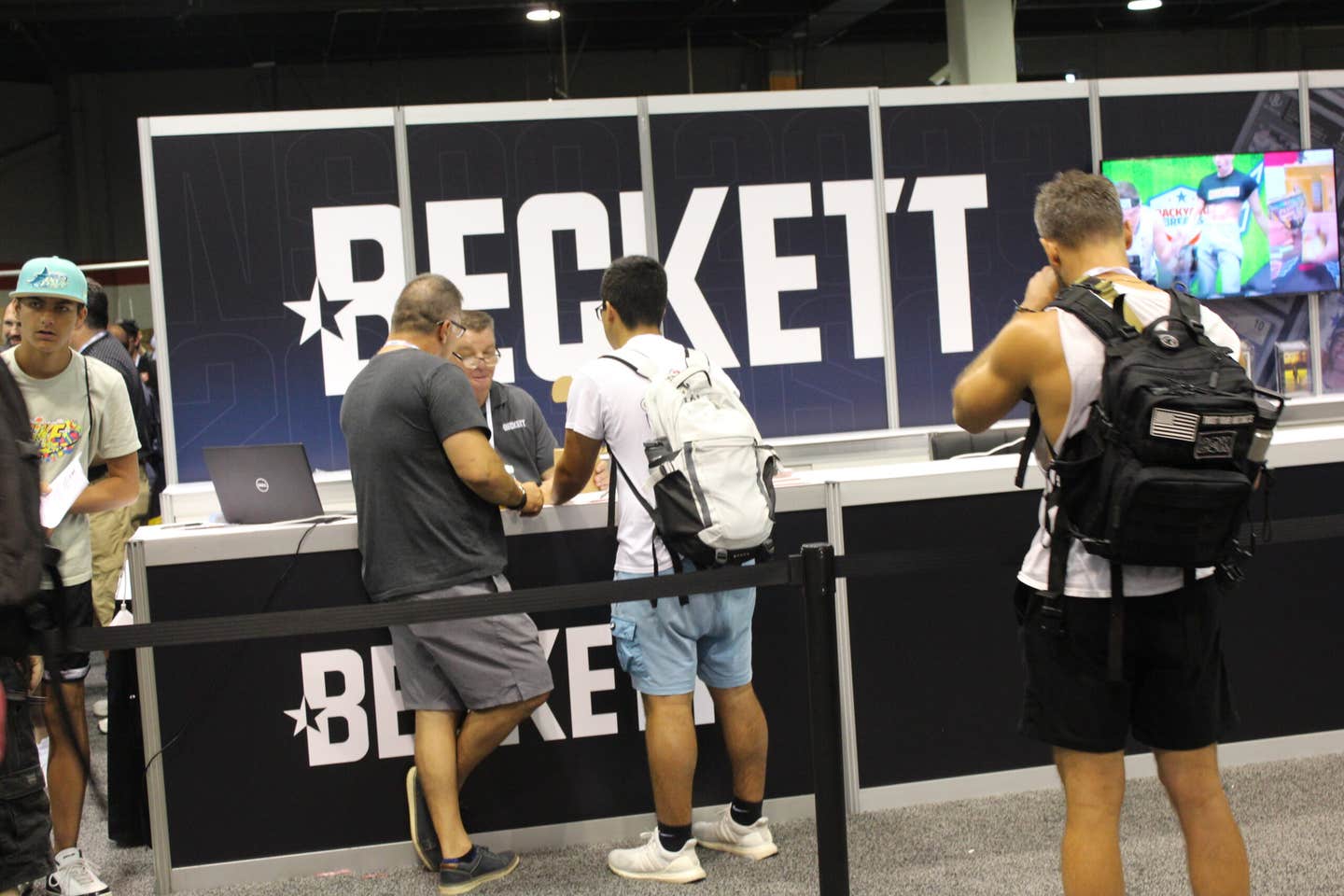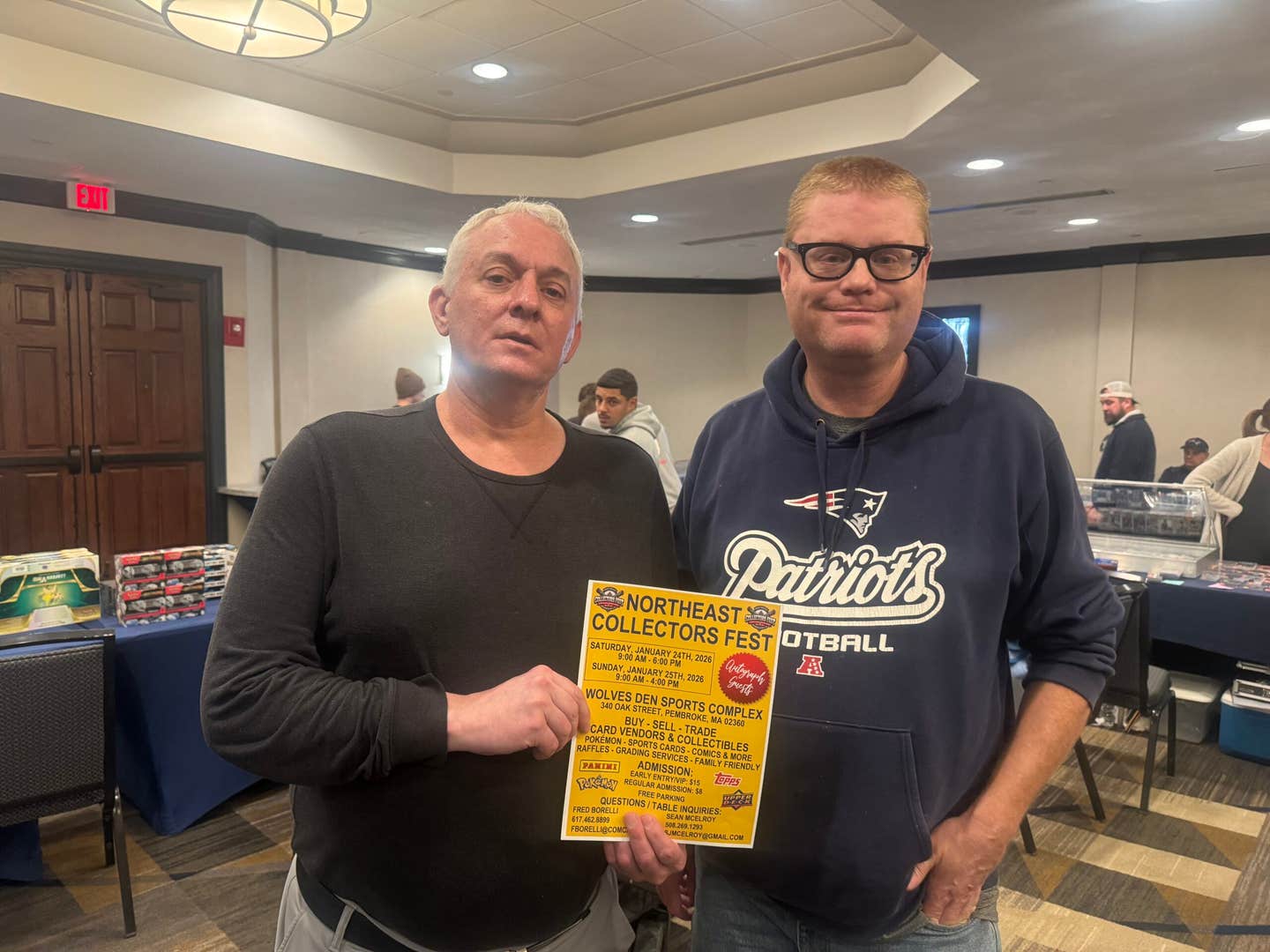News
1972 Toops football: A Tale of Three Series
The National Football League was in a state of flux as the 1972 season rolled around. On the heels of sorting out the arrangement between the two once-separate leagues, the NFL and the AFL, the older league had sent three of its teams to the AFL to create a 13-team behemoth that would now challenge the NFL in interconference play.
This was new territory, albeit sampled already on the biggest stage of the Super Bowl, which began following the 1966 season. The proud Green Bay Packers had asserted the street cred of the older league in unambiguous fashion, winning the first two Super Bowls, but by the time the 1972 season kicked off, the fledgling AFL had made its bones, splitting the next four. Few football insiders could have forseen that a 1972 campaign of historic proportions was on the horizon.
The Topps Chewing Gum Co. may have sensed this looming date with history: the Brooklyn-based company made its most ambitious move in the football card arena, opting to produce the largest set ever, complete with a final high-number series that pushed the total to an unheard-of 351 cards. That’s probably a good choice of adjective: for many young collectors, the high series from Topps that year ended up being unheard of, or more precisely, unseen. More on that later.
Topps tried a couple of other firsts with its 1972 set, along with a pretty important “last.” This was the final year that it would issue football cards in series, moving in 1973 to produce the entire set all at once. It would make the same momentous change with its baseball issues a couple of years later.
The important changes in the relationship between the two now fully-merged leagues apparently contributed to a reluctance on Topps’ part to incorporate the various team logos in the card sets, a bit of caution that probably seems more jarring 40 years later than it did at the time.
After all, Topps had a kind of on-again, off-again system – if you want to call it that – in using team logos with its sets, having last done so three years earlier in 1969. Things got so dicey on that front that the Topps designers had offered collectors a kind of generic, cartoonish assortment of logos in 1971, silly-looking monstrosities seemingly inspired by the popular Kail statues of the day.
So by dumping the logos entirely in 1972, Topps created a clean, colorful issue that, like the classy 1970 issue, often boasts some of the best, clearest photography that had appeared in its football offerings up to that point.
In accommodating the desire to steer clear of logos, you could probably make a valid criticism that the 1972 issue utilizes a few too many portraits, but if you really wanted to gripe a bit about the designers’ occasionally adventurous nature, there’s a much handier decision to second guess.
For whatever reason, Topps decided to dot a predominately vertical set with literally dozens of regular-issue cards in a horizontal fashion, not even counting the dozens more of the Pro Action or Playoff recap cards that actually made good use of a horizontal setup in presenting the various photos.
It matters not at all that a number of the most important cards in the set are horizontal – think Johnny Unitas, Joe Namath, or the John Riggins rookie card, to name a few – what’s noteworthy is that virtually none of the photographs needed to be presented in that fashion. It was obviously pure Topps designer whimsy, which was nearly as prevalent and wrenching in their football offerings as it was in the more widespread baseball issues.
Having grumbled appropriately, there’s much to like about the set, not the least of which are the colorful backgrounds – often with hues not found in nature up to that point or since – and the great portraiture mentioned previously.
Experimentation was the order of the day: with the Playoff and Super Bowl recap cards, Topps took actual game photos and applied a manner of sepia-tone to each of them, either in a laughable attempt to be artsy or – once again – to steer clear of using identifiable team logos and insignia.
The Topps designers upped the ante a bit in the subset department, offering the first league leader cards and the aforementioned Pro Action ditties. With the total in the set expanded to 351 for the first time, the hefty subsets came in handy in portraying many more cards of some of the bigger names in the game.
And the rookie card lineup is nothing to sneeze at, either: Roger Staubach, Riggins, Ted Hendricks, Archie Manning, Jim Plunkett and Charlie Joiner. The set also boasts Gale Sayers’ last card. All well and good, but the real deal that separates the colorful issue from all of its contemporaries is that late-season final series, those pesky high numbers that have intrigued, mystified and generally eluded serious collectors for decades.
Could a whole regular-issue series be a test?
The uncompromising rarity of third series cards from 1972 is generally trotted out as evidence that this was an extraordinary experiment from the Topps HQ. “Due to the scarcity of the third series, the complete set is considered almost uncollectible,” said Dean Hanley of Dean’s Cards (www.deanscards.com) of Cincinnati, Ohio.
In the face of that daunting challenge, Hanley says many collectors opt to limit their efforts to the first two series. “The low-number sets are very popular with collectors on a budget because it’s possible to obtain the majority of the set for a fraction of the price and still get almost all of the popular players.”
That’s because, like a number of the high-number Topps series in both baseball and football in the company’s first two decades, a lot of the big-name guys already had their cards included in the earlier series. It’s that nuance that probably prompted Topps to try the All-Star subset in its 1960s baseball issues, which is akin to the 24-card All Pro subset that is featured in that irascible high-number series in 1972.
Another major hobby figure, Jeff Fritsch of Larry Fritsch Cards in Stevens Point, Wis., concurs with much of what Hanley offered about the difficulty of finding the high-number cards, but veers off in a slightly different direction on the underlying premise. “I think the set is considered complete with all three series,” said Fritsch, who should know a thing or two about the rare cards.
A little more than 37 years ago, Jeff Fritsch’s dad, hobby pioneer Larry Fritsch, got a call from Topps telling him about several dozen cases of Series Three 1972 Topps Football that were languishing – to say the least – in Milwaukee.
As the story goes, Topps explained that the cost of shipping them back to the plant in Duryea, Pa., would have been considerable, so maybe the legendary collector and even by then big-time dealer might be interested in taking them off Topps’ hands for the cost of the shipping.
Larry, who had worked on the railroad and had already amassed a considerable chunk of his unmatched card collection by quickly taking advantage of such opportunities, didn’t hesitate.
“Milwaukee must have been a test city,” said Jeff, adding that the Topps guys may have been trying to assess how well kids would support such a late-season issue. Whatever the evaluation was, Topps switched to issuing cards all at one time the next year, and as was customary of the company in those days, never looked back.
“I guess we got lucky with that one,” said Jeff Fritsch only somewhat sheepishly, adding that, “We were buying a lot of stuff in those days,” by way of explaining why Topps would turn to them with what seems like largess now but was something much different than that nearly four decades ago.
He’s quick to point out that most of that incredible inventory is long since gone. Most, but not all. Fritsch has plans to offer a 1972 Topps Football High Series run from 264-351 in the upcoming Collect.com Auction (www.collect.com/auctions), right alongside a couple of unopened wax packs from the elusive issue.
The packs sound pretty swift as well. Both got a PSA 10 benediction, including one that has Joe Namath as the top card. And yes, they are wax packs – Fritsch thinks that’s the only way they were issued – but the presence of Broadway Joe is still detectable.
Yikes! That’s likely to raise a ruckus, as will the High Series run, which Fritsch notes that they still sell from time to time. And they typically get about $1,200 when they do.
Lucky, indeed.
MORE RESOURCES FOR SPORTS COLLECTORS




